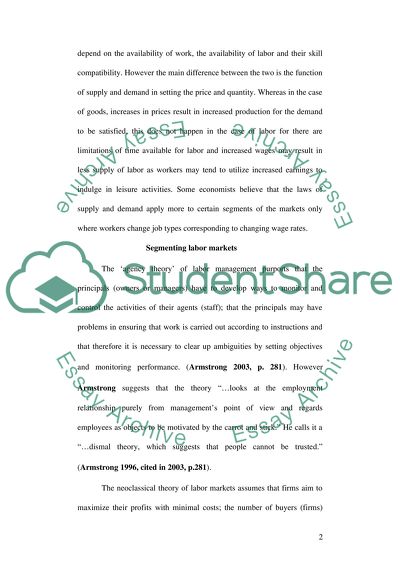Cite this document
(Labour Market Policy Coursework Example | Topics and Well Written Essays - 1500 words, n.d.)
Labour Market Policy Coursework Example | Topics and Well Written Essays - 1500 words. https://studentshare.org/technology/1530574-lobour-market-policy
Labour Market Policy Coursework Example | Topics and Well Written Essays - 1500 words. https://studentshare.org/technology/1530574-lobour-market-policy
(Labour Market Policy Coursework Example | Topics and Well Written Essays - 1500 Words)
Labour Market Policy Coursework Example | Topics and Well Written Essays - 1500 Words. https://studentshare.org/technology/1530574-lobour-market-policy.
Labour Market Policy Coursework Example | Topics and Well Written Essays - 1500 Words. https://studentshare.org/technology/1530574-lobour-market-policy.
“Labour Market Policy Coursework Example | Topics and Well Written Essays - 1500 Words”. https://studentshare.org/technology/1530574-lobour-market-policy.


